Gin is one of the most famous alcoholic beverages in the world and a popular ingredient in a wide variety of cocktails. Gin is the favorite (after rum, of course) booze of pirates, so it is not surprising that its recipes have been repeatedly “hacked”, making at home a drink no worse than a store-bought one. In general, we stock up on an alembic and – forward, boarding!
Gin is one of the few types of elite swill that you can make yourself. Homemade gin recipes range from very complex to very simple, involving only vodka or moonshine, juniper berries and some spices. Today we will learn two basic recipes for gin and talk a little about the different ways and methods of making it. Read about the history and methods of drinking gin here.
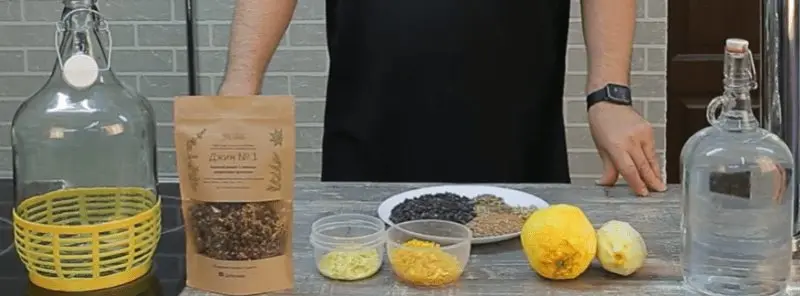
Yes, yes, believe me, gin and only gin. Expands blood vessels, mutual understanding and the heart.
Francoise Sagan.
Gin recipes. No try this at home!
From the options for preparing a variety of gins, eyes simply run up. Still – it has been made in our country for more than 100 years, in England – more than 300, and the ancestor of gin – genever – is generally half a millennium old. I must say right away that gin cannot be made without distillation. Or rather, you can, but it will not be gin, but juniper tincture – read about this drink in this article, where you will also find recommendations for choosing the berry itself. Remember, some varieties of juniper are poisonous, do not neglect the information that the author, far from botany, collected bit by bit from all over the Internet.
In addition to juniper itself, gin recipes include a huge number of ingredients. The most common:
- citrus fruits (zest or peel of orange, lemon, lime, orange);
- spices (coriander, anise, cinnamon, vanilla, almonds, cardamom);
- herbs and roots (violet, angelica, hyssop, licorice, fennel, lavender);
- exotic (rose petals, fresh cucumber and much more).
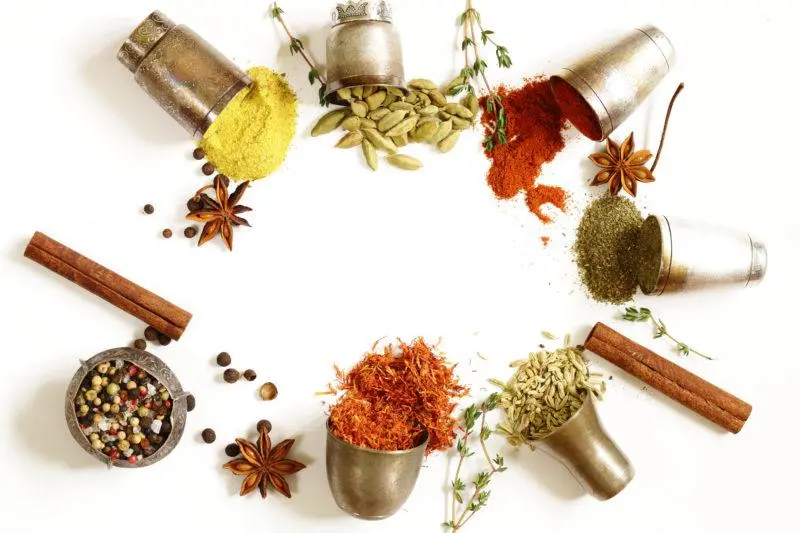
Gin is made by different methods (listed according to the degree of complexity):
- Genever. Juniper berries and herbs are added directly to the cereal wort, everything is distilled like regular moonshine.
- “Lazy Gin”. It is produced on the basis of double (or even single) moonshine, but without preliminary maceration of the ingredients or with a minimum maceration time (up to two days) – they are simply thrown into a cube and distilled all together.
- True Gin. Well, not exactly true, but the results are good, and the method is not very complicated. To begin with, all the ingredients (either juniper with spices separately, citrus fruits separately) are infused with alcohol or moonshine for a week or two (depending on the recipe), then the liquids are poured into the apparatus, diluted with water and distilled.
- Plymouth Gin. For cooking, the ingredients are not just thrown into the cube, but suspended under its lid. Rising, alcohol vapor draws out aromatic compounds from the spices and, enriched with them, enters the cooler.
- True-true Gin. For the most meticulous ginomaniacs. First, aromatic spirits are made – each ingredient is separately infused with vodka or moonshine, then it is distilled. After all these “aromatic vodkas” are blended manually in arbitrary proportions. This method requires the extraordinary skill of the taster, the skills of the moonshiner and the exact knowledge of the desired result.
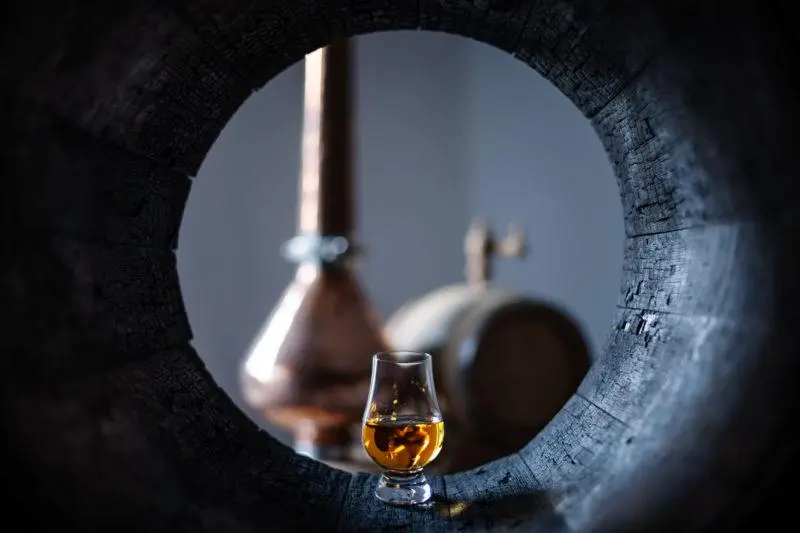
Today we will look at gin recipes from moonshine or alcohol by the second and third methods.
Basic homemade gin recipe
This is the simplest recipe, it is not difficult to reproduce it, almost any apparatus is suitable for manufacturing, preferably with a steamer. I bring it with some adjustments “for myself” – I like the gin to have a dominant, strong aroma of the Christmas tree, citrus fruits are in second place, everything else is in the background.
We will need:
- 2 liters of purified double grain moonshine or sorted 50%;
- 40-45 grams of common juniper (I remind you again – blue color, 3 seeds, leaves – like needles, not scales, no smell of turpentine);
- 5-6 grams of fresh orange peel;
- 8-10 grams of whole coriander seeds;
- 2-3 grams of fresh lemon zest;
- 2-3 grams of cinnamon (if you take ground – put a little less);
- One gram each of fennel, licorice, anise and hyssop.
If you don’t have any ingredient (except juniper and zest), feel free to do without it or replace it with something else.

Preparation:
- First, let’s prepare the tincture. We throw all the ingredients into a jar, pour alcohol and insist for about a week – ten days in a dark, warm place.
- After settling, the liquid is drained, well filtered and diluted with clean cold water up to 30-35 degrees.
- The diluted tincture is poured into the apparatus, the heating device is set to an average temperature. It is advisable to connect a dryer.
- If you used diluted alcohol or very good moonshine, you can take 20 grams of heads, but if the quality of the feedstock was average, it is better to take more.
- The selection of the “heart” ends at 50% in the jet. It is important not to miss the moment here – because of the tails, even the smallest ones, homemade gin becomes cloudy, begins to opal.
- We measure the strength of the resulting alcohol, dilute it to 45-48 degrees. Remember, gin is stronger than vodka, dilution below 42 degrees will completely destroy the citrus notes.
- The finished drink should rest for a week, if unbearable – at least a couple of days. Everything you can taste!
Such a gin is well suited for complex, multi-ingredient cocktails or the same gin and tonic (if you don’t mind diluting a good product with soda). In its pure form, its aroma is not rich and subtle enough; it is also hardly suitable for a Dry Martini. If you are a lover of strong, but tasty and fragrant swill, it is better to use the second recipe.
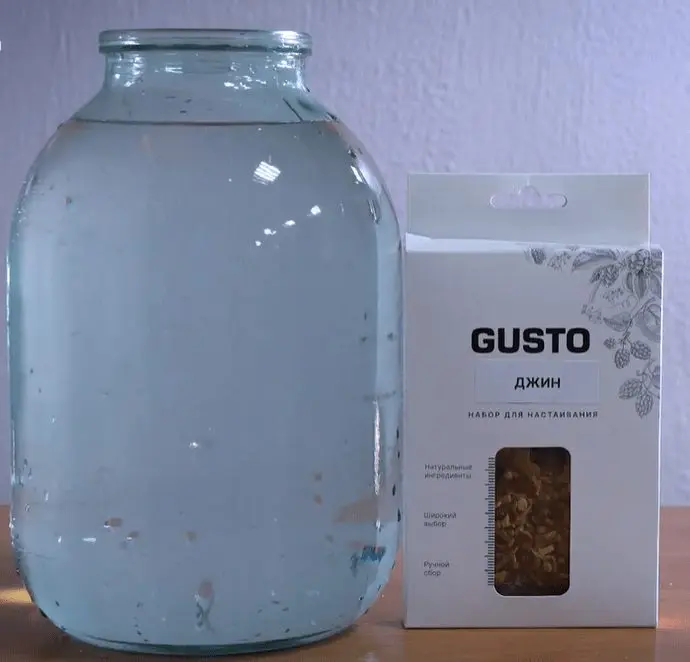
Homemade Plymouth Gin Recipe
The city of Plymouth is one of the centers of gin production in England. Unlike the standard “London dry”, Plymouth Gin has a richer aroma, without a clear predominance of juniper. The composition necessarily includes violet root (it is also the root of yellow iris), cardamom and orange, this drink does not have a bitter aftertaste of herbs, instead it has a certain “earthy”, “root” smell and a delicate orange aftertaste.
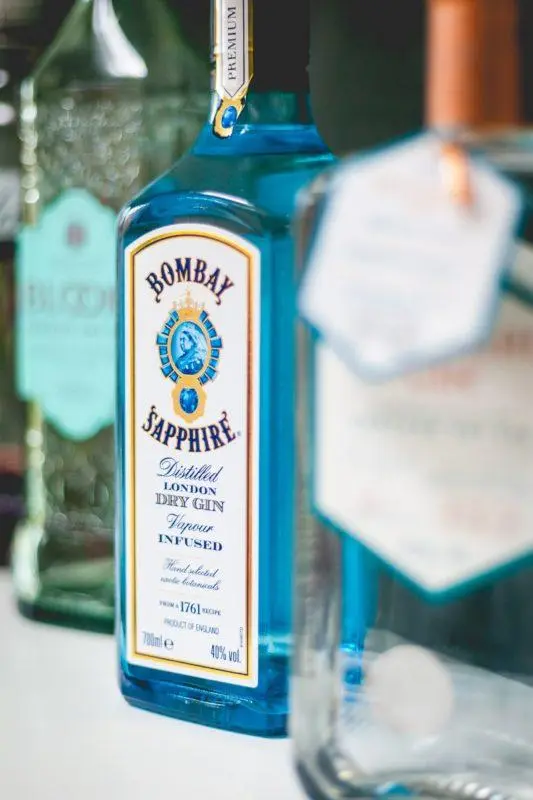 It is believed that the first gin brought to the New World was Plymouth. It was allegedly taken with them by the Pilgrim Fathers, who arrived in America in their Mayflower on a wonderful November morning in 1620.
It is believed that the first gin brought to the New World was Plymouth. It was allegedly taken with them by the Pilgrim Fathers, who arrived in America in their Mayflower on a wonderful November morning in 1620.
So we can say that it was with this drink, and not at all with whiskey, that the history of America began. But for some reason, it is not customary to serve it with a turkey on Thanksgiving Day. But in vain – Plymouth gin goes well with poultry and meat in general.
Plymouth gin is more difficult to prepare at home, its composition is more specific, and not every machine is suitable for this. But it takes less time to produce it, since we will not need to infuse the ingredients. You will have to make a special device for it – for example, a small metal colander or a sieve that needs to be fitted under the lid of the cube will fit – spices are placed in it. Some moonshiners simply pour spices into a cloth bag that is hung under the lid so as not to touch the surface of the alcohol mass, but this method is worse.
For 2 liters of double grain moonshine 40-45 ° we will need:
- juniper berries – 25 grams;
- orange and lemon zest – 3-5 grams each;
- violet root (dried chopped) – 2-4 grams;
- angelica root officinalis 2-3 grams;
- cardamom (preferably black) – 1 gram (a couple of boxes).
We must immediately make a reservation that the main trouble of this drink is opalescence. Slightly sort out the ingredients – and the drink begins to become cloudy due to the abundance of essential oils. How to make gin at home not only fragrant, but also transparent? It is necessary either to proportionally reduce the amount of spices or to cut off the tails earlier.
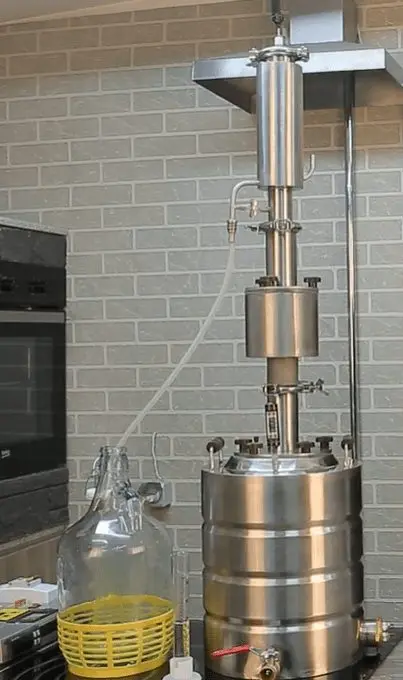
Preparation:
- We install a sieve on the neck of the cube, pour all the spices into it and spill the moonshine (not diluted) right through them. (Some moonshiners prefer to briefly (overnight) still soak the ingredients in alcohol).
- We close the apparatus with a lid, we do not install the dryer. We start the distillation at a low temperature so that our spices warm up gradually and evenly.
- Heads need to be selected 15-20 ml, after which – raise the temperature to medium.
- The main fraction is taken until the degree in the jet drops to 70-65°. If you “grab” the tails, the drink will begin to become cloudy when diluted.
- We dilute our gin to 45-48 degrees. To do this, it is better to first take a separate dish, pour some of the alcohol into it, and introduce water gradually. If the desired strength of the trial batch is reached, and the drink remains transparent, you can safely dilute its main part in the same way.
Before tasting homemade gin from moonshine, you need to rest for a week, at least 3-4 days, so that its aromas become rounded, more pronounced and harmonious.
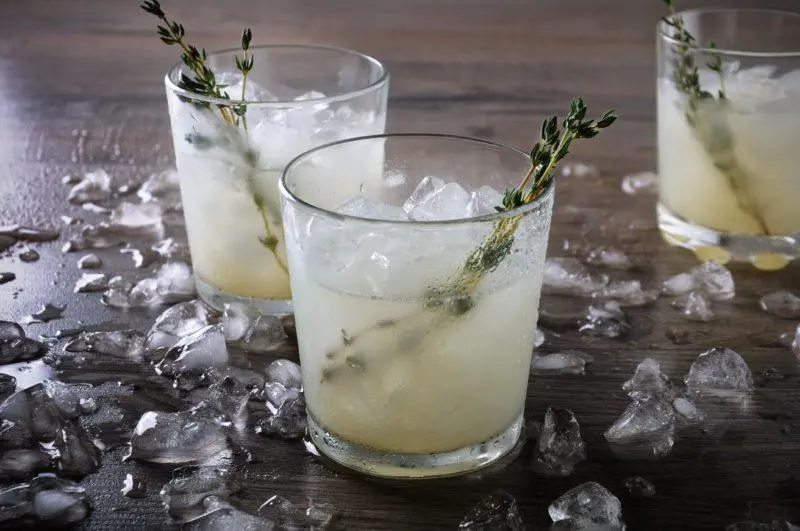
That’s all for today! The editors of the Rum Diary wish you successful experiments. Happy hunting!
PS From the editor. Botany of dozens of famous gins in the world:
- Tiger Gin
- Gordon’s Distilled London Dry Gin
- Beefeater London Distilled Dry Gin
- Plymouth Gin
- Bombay Distilled London Dry Gin
- Bombay Sapphire Distilled London Dry Gin
- Mercury Gin
- Juniper Green London Dry Gin
- Van Gogh Gin (Holland)
- Citadelle Gin (France)
| Botany | Manufacturers | |||||||||
1 | 2 | 3 | 4 | 5 | 6 | 7 | 8 | 9 | 10 | |
| Juniper | X | X | X | X | X | X | X | X | X | X |
| Koriandr | X | X | X | X | X | X | X | X | X | X |
| Angelica | X | X | X | X | X | X | X | X | X | |
| Cassia | X | X | X | X | X | X | X | X | ||
| Cinnamon | X | X | ||||||||
| Licorice | X | X | X | X | X | X | X | |||
| Bitter almond | X | X | X | X | X | |||||
| Meleget pepper | X | X | X | |||||||
| cubeb pepper | X | X | X | |||||||
| Bitter orange peel | X | |||||||||
| Sweet orange peel | X | X | X | X | ||||||
| Lemon Zest | X | X | X | X | X | X | X | X | ||
| Ginger | X | |||||||||
| orris root | X | X | X | X | X | X | X | |||
| Cardamom | X | X | X | |||||||
| Nutmeg | X | X | X | |||||||
| Savory | X | X | ||||||||
| Violet root | X | |||||||||
| Tmin | X | |||||||||
| Anise | X | |||||||||
| Fennel seeds | X | |||||||||
Botanical names of ingredients:
- juniper – juniperus communis;
- coriander – coriandrum sativum;
- дягиль — archangelica officinalis;
- кассия — cinnamonum cassia;
- cinnamon – cinnamonum zeylanicum;
- licorice – glycyrriza glabra;
- bitter almonds – prunus dulcis, amara;
- Meleget pepper – afromumum melegueta;
- cubeb pepper – piper cubeb;
- bitter orange – citrus aurantium;
- sweet orange – citrus sinensis;
- lemon – citrus lemon;
- ginger – zinziber officinalis;
- violet root – iris florentina;
- cardamom – elletaria cardamomum;
- nutmeg – myristica fragrans;
- savory garden -satureja hortensis;
- calamus ordinary – acorus calamus;
- chamomile flowers – matricaria chamomilla;
- violet root – viola odorata;
- тмин — cumin, cumin;
- anise – pimpinella anisum;
- фенхель – foeniculum vulgare.









